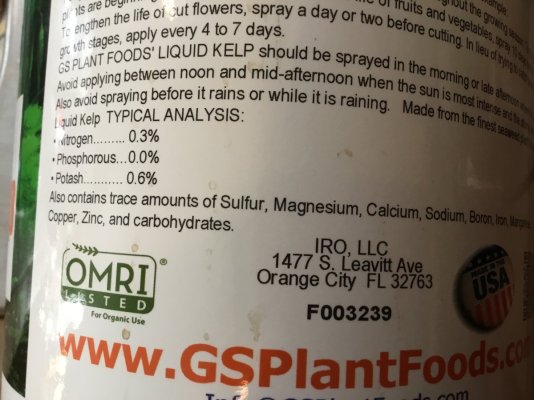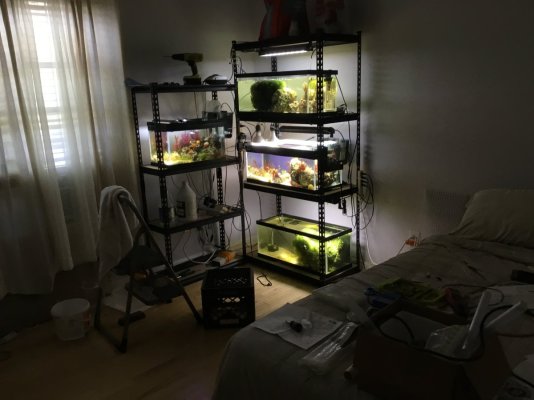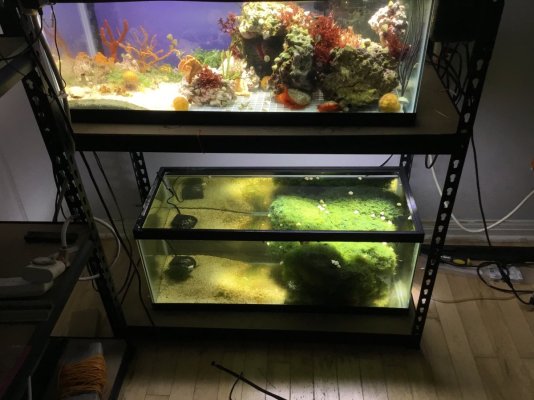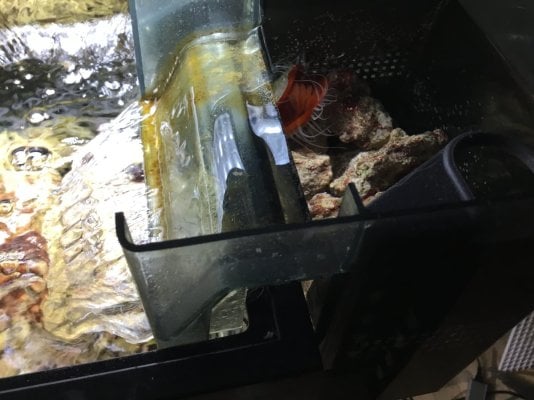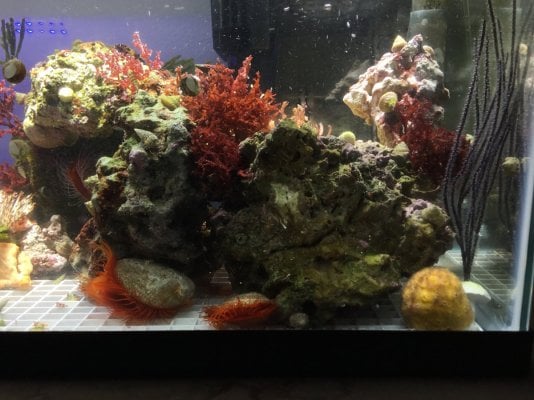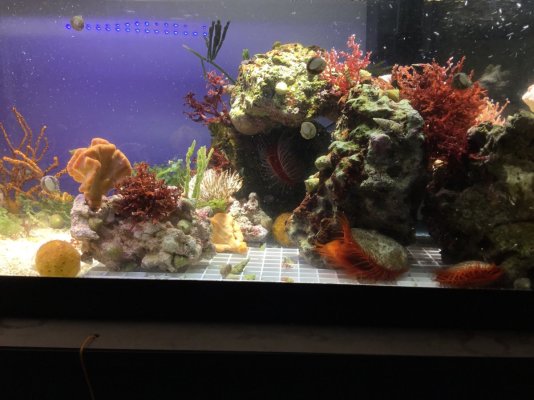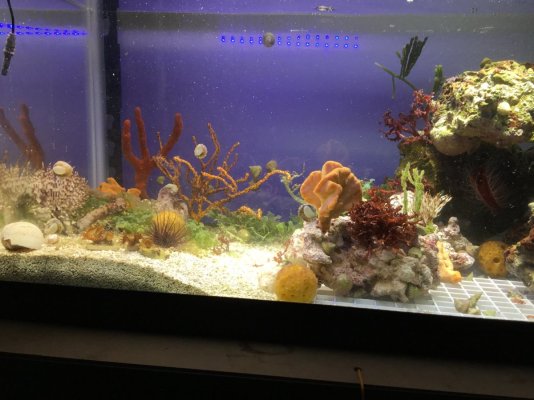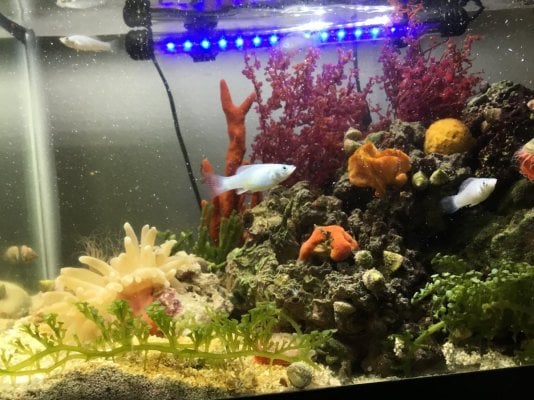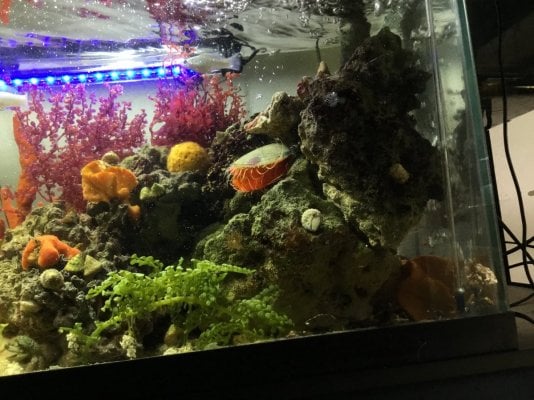- Joined
- Dec 9, 2019
- Messages
- 1,980
- Reaction score
- 522
Dosnt silicates cause diatoms? Wonder why so many people are trying to get it out of their system? Does adding something new like acrylic frag racks cause diatoms? I have them covering new frag racks and killing of my newly purchased high end zoas!For folks who do not use water already loaded with silicate, I have recommended (and used) regular silicate dosing for many years.
Along with organic carbon dosing to boost bacteria levels, it does appear to promote sponge growth.
I also have a new frag tank and thought I should be ready for some zoa transfers but getting all over them so thats what made me really realize that had to be diatoms! I added an anion resin filter to my rodi because BRS said that should help! Havnt hooked it up yet. What are your thoughts on that?
Also you are a proponent of carbon dosing? May I ask what type you use? I have been racking my brain trying to figure out how to get my no3/po4 down in several tanks that has reached 25,28 and 28. I guess its from the new fish. I do mainly feed pellets but I use a feeding ring and they pretty much catch every drop! I do feed corals Hikari powered coralific delight!
I am also wanting to quit using GFO for po4 so was considering carbon dosing but I also have slow coral growth so also considering a hob fuge (space limited) or maybe a dyi cheato reactor or algae scrubber. I was looking for lowering nutrients and upping ph. Pods would be nice too and help with the diatoms and coral fish food!
I suppose I could just carbon dose and add a Co2 scrubber!
Tring to be cheap since I am adding to 3 tanks! lol
What are your thought on that as well if you dont mind!
Sorry so long yet again! lol




